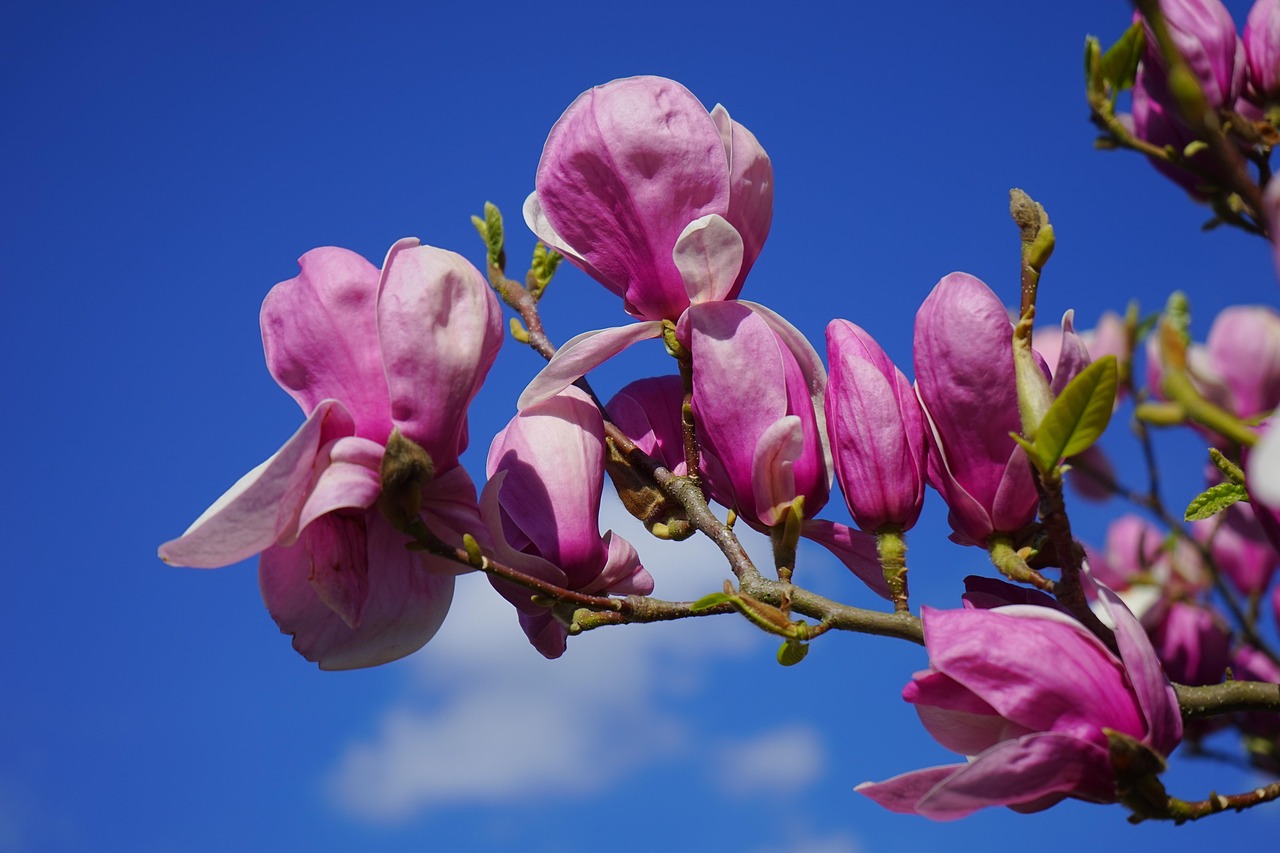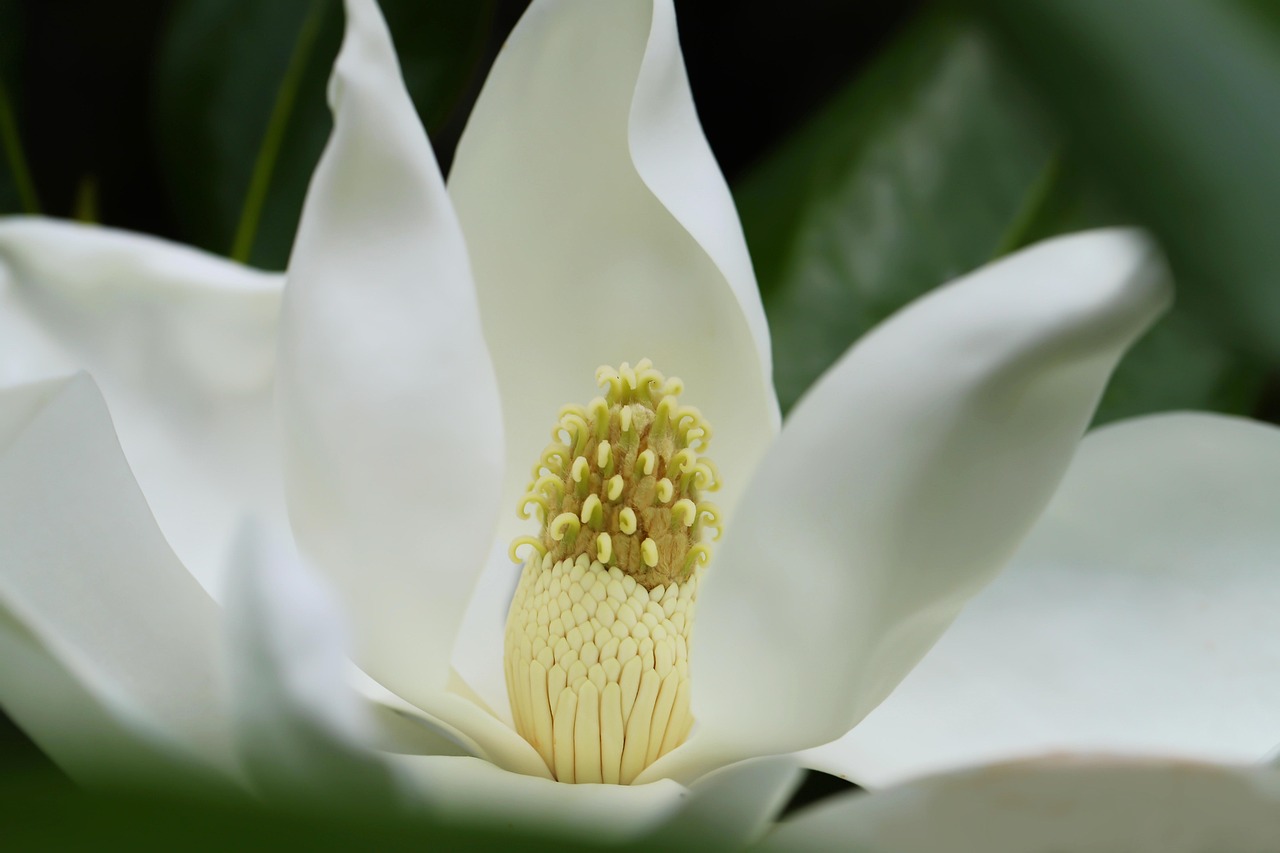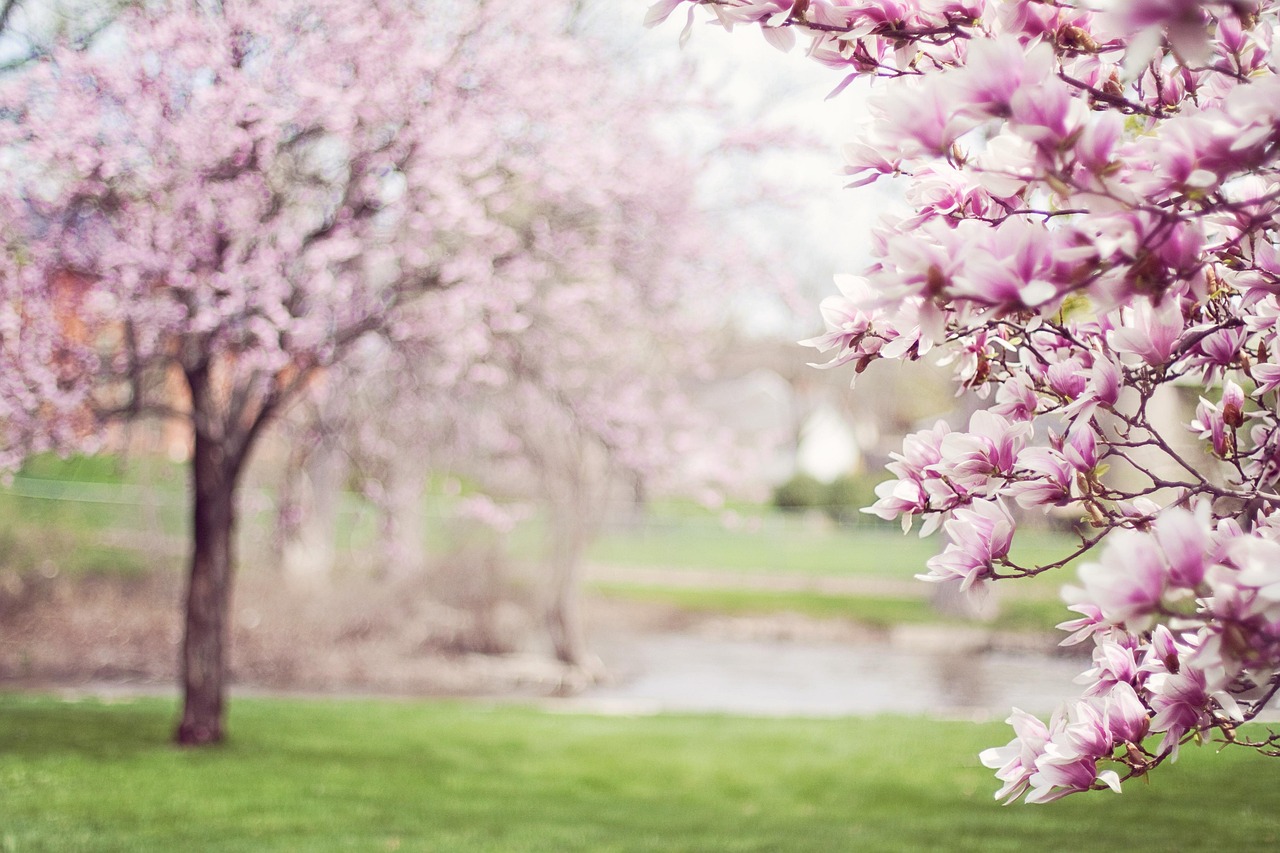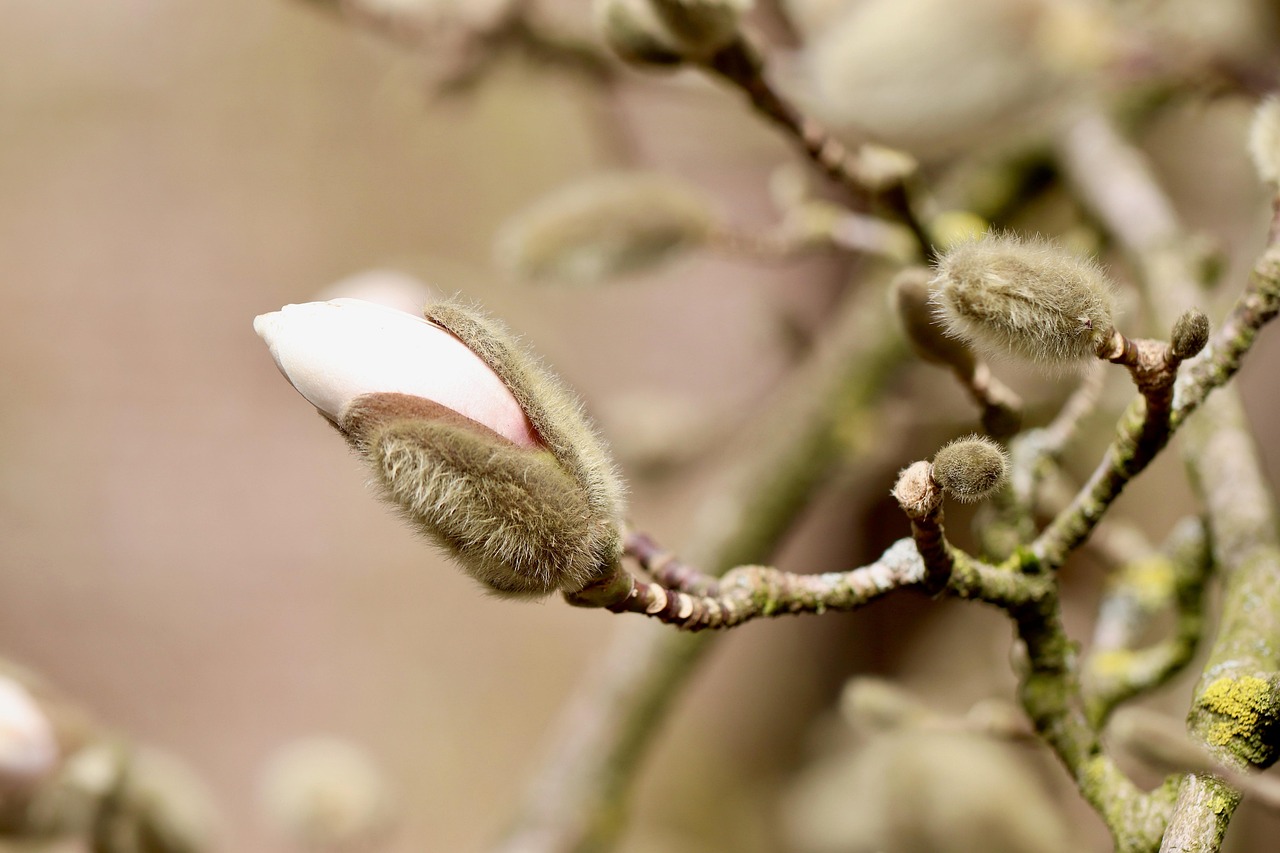Magnolia trees do lose their leaves, but the extent and timing of leaf drop depend on the species. Some magnolias are deciduous and shed their leaves in the fall, while others are evergreen and retain their leaves year-round, dropping them sporadically throughout the year.
Understanding Magnolia Trees

Magnolia trees are a diverse group of flowering plants that belong to the family Magnoliaceae. They are known for their large, fragrant flowers and glossy leaves. These trees can be found in various climates, ranging from subtropical to temperate regions. The beauty of magnolias makes them a popular choice for landscaping and ornamental planting.
There are over 200 species of magnolia trees. They are primarily classified into two categories: deciduous and evergreen. The deciduous varieties lose their leaves in the fall, while the evergreen types keep their foliage all year long. Understanding these differences is crucial for proper care and maintenance.
Deciduous vs. Evergreen Magnolias
The distinction between deciduous and evergreen magnolias greatly influences how they behave through the seasons. Deciduous magnolia trees typically exhibit a striking transformation in the fall when their leaves change color and eventually drop to the ground. In contrast, evergreen magnolias maintain their lush foliage throughout the year, albeit they may shed older leaves occasionally.
| Type | Leaf Characteristics | Examples |
|---|---|---|
| Deciduous | Loses leaves in fall | Magnolia stellata, Magnolia soulangeana |
| Evergreen | Retains leaves year-round | Magnolia grandiflora |
The Leaf Drop Process
The process by which magnolia trees lose their leaves can vary depending on environmental conditions. In deciduous species, leaf drop usually occurs in response to changes in temperature and light as fall approaches. As days become shorter and temperatures cool, these trees prepare for winter by halting photosynthesis. This leads to leaf senescence, where leaves change color and eventually fall off.
For evergreen magnolias, the leaf drop is not as noticeable. These trees continue to photosynthesize throughout the year, but they will periodically shed older leaves to make way for new growth. This process is gradual and often goes unnoticed by casual observers.
Factors Influencing Leaf Drop
Several factors can influence when and how magnolia trees lose their leaves:
- Climate: Seasonal changes in temperature and moisture play a significant role in leaf drop.
- Species Type: Deciduous species will drop leaves in the fall, while evergreen varieties may lose leaves sporadically throughout the year.
- Health of the Tree: Stressed or unhealthy trees may experience premature leaf drop due to disease or pests.
- Soil Conditions: Poor soil quality or drought conditions can lead to increased leaf drop as the tree struggles to sustain itself.
Understanding these factors is crucial for maintaining healthy magnolia trees. Proper care can minimize stress and promote lush foliage throughout the growing season.
Seasonal Changes in Magnolia Trees
Throughout the year, magnolia trees exhibit distinct phases of growth and dormancy. In spring, many species bloom with large, fragrant flowers that attract pollinators. This is followed by a period of robust leaf growth during the summer months. In fall, deciduous varieties display vibrant colors before shedding their leaves, while evergreens maintain their foliage.
Winter is a time of dormancy for all magnolia trees. During this period, they conserve energy and prepare for the upcoming growth season. Understanding this seasonal rhythm is essential for anyone looking to cultivate these beautiful trees.
In summary, magnolia trees do lose their leaves, but this process varies significantly between different species. Recognizing the differences between deciduous and evergreen varieties is important for tree care and enjoyment. By understanding their seasonal cycles, gardeners can appreciate the beauty that these trees bring throughout the year.
Leaf Maintenance in Magnolia Trees
Maintaining healthy leaves is crucial for the overall wellbeing of magnolia trees. The leaves play an essential role in photosynthesis, which is vital for the tree’s growth and energy production. This section will discuss how to care for magnolia leaves and what to look for when assessing their health.
Proper Watering Techniques
Watering is a fundamental aspect of maintaining healthy magnolia trees. Too much or too little water can lead to leaf stress or drop. Here are some tips for watering:
- Soil Moisture: Check the soil moisture regularly. Magnolia trees prefer moist but well-drained soils. Use your finger to test the soil a few inches below the surface.
- Water Deeply: When watering, ensure that you provide enough water to reach the roots. Deep watering encourages root growth and helps the tree withstand drought conditions.
- Avoid Overwatering: Excessive water can lead to root rot, which may cause leaves to yellow and drop prematurely. Always ensure that the tree is planted in well-draining soil.
Fertilization for Leaf Health
Fertilizing magnolia trees can promote healthy leaf growth and enhance overall vitality. A balanced fertilizer should be applied in the early spring before new growth begins. Consider the following:
- Type of Fertilizer: Use a slow-release fertilizer that is specifically formulated for trees and shrubs. Look for one with balanced nitrogen, phosphorus, and potassium ratios.
- Application Rate: Follow the manufacturer’s instructions regarding how much fertilizer to apply based on the tree’s size and age.
- Timing: Fertilize in early spring or late winter when the tree is still dormant but preparing for growth.
Pest and Disease Management
Pests and diseases can severely affect the health of magnolia leaves. It is essential to monitor trees regularly for signs of trouble:
- Pests: Common pests include aphids, scale insects, and spider mites, which can cause leaf yellowing and drop. Regular inspections can catch infestations early.
- Diseases: Fungal infections such as leaf spot or powdery mildew may also affect leaf health. Ensure proper air circulation around the tree and avoid overhead watering to minimize disease risk.
- Treatment: Use insecticidal soap or neem oil for pest control and apply fungicides as needed, following the product instructions carefully.
The Significance of Leaf Color Changes
The color of magnolia leaves can provide insights into their health and the overall state of the tree. Healthy leaves typically display a rich green color, while changes in hue may indicate various issues.
Understanding Leaf Color Indicators
Here are some common leaf color changes and their potential implications:
- Yellowing Leaves: This can indicate overwatering, nutrient deficiencies, or pest problems. Identifying the underlying cause is essential for effective treatment.
- Browning Edges: Browning on the edges of leaves often points to underwatering or excessive heat exposure. Ensuring adequate water supply can help rectify this issue.
- Spots and Discoloration: Dark spots or unusual discoloration may signal fungal infections or pest infestations. Quick intervention is necessary to prevent further damage.
The Role of Seasonal Changes in Leaf Health
As seasons change, so do the needs and conditions affecting magnolia trees. Different seasons can influence leaf appearance and health:
- Spring: This is a critical period for new growth. Ensuring proper watering and fertilization during this time supports vibrant leaf development.
- Summer: In hotter months, magnolias may need additional water. Monitoring soil moisture is vital to prevent stress on leaves during dry spells.
- Fall: Deciduous varieties will begin to change color as they prepare for dormancy. Providing care during this season helps maintain leaf health until they drop.
- Winter: Evergreen magnolias will continue to hold their leaves during winter but may experience some leaf drop due to harsh weather conditions. Protecting these trees from extreme cold can help preserve their foliage.
Caring for Dropped Leaves
If a magnolia tree has dropped leaves, it is essential to manage them properly. Dropped leaves can create a mess, but they can also be beneficial if handled correctly.
Benefits of Mulching with Dropped Leaves
Dropped leaves can be used as mulch, which offers several advantages:
- Nutrient Recycling: As leaves decompose, they return nutrients to the soil, benefiting the tree and surrounding plants.
- Moisture Retention: A layer of leaf mulch helps retain soil moisture by reducing evaporation.
- Weed Suppression: Mulching with leaves can help suppress weed growth around the base of the tree.
Proper Disposal Methods
If you choose not to use dropped leaves as mulch, consider these disposal methods:
<

ul>
Caring for magnolia trees involves understanding their unique needs throughout the seasons. By paying attention to watering, fertilization, pest management, and seasonal changes, you can ensure that your magnolia trees thrive and continue to showcase their stunning beauty year after year.
Common Questions About Magnolia Leaf Drop
<

p>As magnolia trees are popular in many gardens and landscapes, it’s not uncommon for people to have questions about their leaf drop patterns. This section addresses some frequently asked questions regarding magnolia trees and their leaves.
When Do Magnolia Trees Typically Drop Their Leaves?
The timing of leaf drop in magnolia trees depends on whether the species is deciduous or evergreen. Deciduous magnolias usually shed their leaves in late fall, as they prepare for winter dormancy. Evergreen varieties, however, retain their leaves throughout the year but may still lose some older leaves in a sporadic manner.
What Causes Leaf Drop in Magnolia Trees?
Several factors can contribute to leaf drop in magnolia trees:
- Environmental Stress: Changes in temperature, moisture levels, and sunlight can all stress a tree, leading to premature leaf drop.
- Pests and Diseases: Infestations of pests like aphids or diseases such as powdery mildew can weaken the tree and result in leaf loss.
- Nutrient Deficiency: A lack of essential nutrients can cause leaves to yellow and drop. Regular soil testing can help identify deficiencies.
- Root Issues: Problems with the root system, such as rot due to overwatering, can impact the overall health of the tree and lead to leaf drop.
How Can I Tell if My Magnolia Tree is Healthy?
Assessing the health of a magnolia tree involves examining several aspects:
- Leaf Color: Healthy leaves should be a deep green. Yellowing or browning leaves can indicate problems.
- Growth Rate: A healthy magnolia should show consistent growth during the growing season. Stunted growth may signal issues.
- Flower Production: In flowering varieties, a lack of blooms can indicate stress or health problems.
- Pest Presence: Regularly check for pests on leaves and branches. An unusual number of pests can suggest underlying issues.
Seasonal Care for Magnolia Trees
Caring for magnolia trees throughout the year is essential for their health and appearance. Each season presents unique challenges and opportunities for maintenance.
Spring Care
Spring is a critical time for magnolia trees as they awaken from dormancy:
- Pruning: Late winter to early spring is an excellent time for light pruning to remove any dead or damaged branches. This encourages healthy new growth.
- Fertilizing: Apply a balanced fertilizer to support new growth and blooming. Be sure to follow the recommended guidelines for your specific tree variety.
- Pest Monitoring: Keep an eye out for pests emerging as temperatures rise. Early intervention can prevent larger infestations later in the season.
Summer Maintenance
During summer, magnolia trees require consistent care to thrive:
- Watering: Ensure adequate water supply, especially during hot spells. Deep watering is preferable to encourage strong root growth.
- Mulching: Adding mulch around the base of the tree helps retain moisture and suppress weeds, providing a better growing environment.
- Pest Control: Regularly inspect for pests and diseases. Treat any infestations promptly to prevent damage to leaves and flowers.
Fall Preparations
As fall approaches, magnolia trees begin their transition into dormancy:
- Leaf Cleanup: Regularly remove fallen leaves to prevent fungal infections and other diseases from taking hold.
- Final Watering: Ensure trees receive enough water before winter sets in, particularly if you are in a dry region.
- Protection from Cold: For young or newly planted magnolias, consider wrapping the base with burlap or applying mulch to protect roots from freezing temperatures.
Winter Care
Winter presents specific challenges for magnolia trees:
- Avoid Overwatering: During winter, trees need less water. Ensure that the soil is not overly saturated to prevent root rot.
- Pest Inspection: Even in winter, check for pests that may be hiding in the bark or under fallen leaves. Early detection can save your tree from significant damage in spring.
- Protection from Ice and Snow: Heavy snow or ice can break branches. If possible, gently shake off accumulated snow from branches.
The Role of Weather Conditions
<

p>The weather plays a significant role in how magnolia trees behave throughout the seasons. Understanding how different weather conditions affect these trees can help you provide better care.
The Impact of Temperature
Temperature fluctuations can affect both leaf drop and overall tree health:
- Early Spring Warmth: Unseasonably warm temperatures can trigger early leaf growth, which may be damaged by late frosts.
- Extreme Heat: Prolonged periods of high temperatures can lead to leaf scorch and premature leaf drop, particularly if the tree is not adequately watered.
The Effect of Rainfall
The amount of rainfall directly influences the health of magnolia trees:
- Drought Conditions: Insufficient rainfall can stress trees, leading to leaf drop and stunted growth. Supplemental watering may be necessary during dry spells.
- Excessive Rainfall: Too much rain can cause waterlogged soil, leading to root rot and other issues. Good drainage is crucial for healthy magnolias.
Caring for magnolia trees involves understanding their seasonal needs and environmental conditions. By providing appropriate maintenance year-round, you can ensure these beautiful trees flourish in your landscape.
Understanding Leaf Drop Patterns in Magnolia Trees
Magnolia trees exhibit fascinating leaf drop patterns that are important to understand for proper care. Recognizing these patterns can help gardeners anticipate the needs of their magnolias and respond appropriately to changes in the environment.
Leaf Drop and Growth Cycles
The leaf drop cycle of magnolia trees is closely tied to their growth cycles. For deciduous varieties, leaf drop is a natural part of the seasonal transition from active growth to dormancy. In contrast, evergreen magnolias maintain a more consistent leaf presence, with periodic shedding that aligns with their growth patterns.
Understanding these cycles can assist in planning maintenance activities such as pruning, fertilization, and pest control:
- Timing of Care: Knowing when your magnolia will shed leaves can help you schedule clean-up and care effectively. For example, late fall is an ideal time for pruning deciduous magnolias after leaf drop.
- Observation is Key: Regular observation of leaf health and drop can alert you to potential problems early on, allowing for timely intervention.
Common Species of Magnolia Trees
Familiarizing yourself with the different species of magnolia can also enhance your understanding of their leaf behavior:
- Magnolia grandiflora: This evergreen variety is known for its large, leathery leaves and beautiful white flowers. It retains leaves throughout the year but may shed some older ones periodically.
- Magnolia stellata: A deciduous species, this tree produces stunning star-shaped flowers in spring and drops its leaves in the fall.
- Magnolia soulangeana: Often referred to as Saucer Magnolia, this plant is also deciduous and features large, showy blooms. It loses its leaves in autumn, revealing its graceful structure during winter.
Environmental Considerations and Adaptability
Magnolia trees demonstrate impressive adaptability to varying environmental conditions. While they generally thrive in well-drained soils and moderate climates, they can also withstand occasional stress:
- Adapting to Soil Conditions: Magnolias can tolerate a range of soil types but prefer slightly acidic to neutral pH levels. Amending soil with organic matter can enhance growth.
- Tolerance to Pollution: Some magnolia species are surprisingly tolerant of urban pollution, making them suitable for city landscapes.
Caring for magnolia trees involves recognizing their resilience while providing appropriate support through watering, fertilization, and pest management. By understanding their needs, you can help these trees flourish despite environmental challenges.
Final Thoughts
Magnolia trees are among the most beautiful and resilient plants in many gardens. Their stunning flowers and unique foliage make them desirable for landscaping. Understanding whether these trees lose their leaves—and the factors influencing this process—can significantly enhance their care and longevity.
Key takeaways from this exploration include the importance of recognizing the differences between deciduous and evergreen magnolias, the impact of seasonal changes on leaf health, and the significance of environmental factors. Regular monitoring and maintenance tailored to each season will ensure that magnolia trees remain healthy and vibrant throughout their life cycle.
By applying the insights from this article, gardeners can cultivate their magnolia trees with confidence. Whether you’re planting a new tree or caring for an established one, understanding leaf drop patterns and seasonal needs is essential for nurturing these magnificent plants. With proper care, magnolias can provide beauty and enjoyment for many years to come.
In conclusion, whether you are a seasoned gardener or just starting, paying attention to the unique characteristics of magnolia trees will help you appreciate their beauty while ensuring they thrive in your landscape. Enjoy the process of nurturing these remarkable trees and watch as they bring elegance and grace to your outdoor space.
